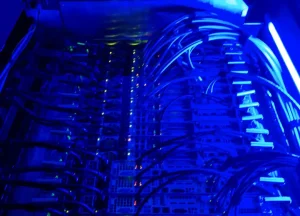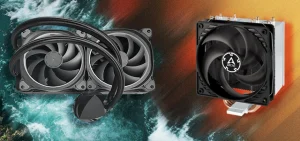
Immersion cooling is a thermal management technique, often applied as an IT cooling practice, by which electronic devices and IT components, including complete servers and storage devices, are submerged in a thermally conductive but electrically insulating dielectric liquid or coolant. It allows server and computing components to be submerged in dielectric liquid and dissipates thermal in a 50℃ operating environment. Heat is removed from the system by circulating relatively cold fluid into direct contact with hot components, then circulating the now-heated liquid through cool heat exchangers. What’s more, if you are trying to overclock your system, you can choose liquid cooling.
Unlike many other applications, water cooling cannot be used as the normal water is electrically conductive and will break electronic components. Fluids suitable for immersion cooling have electrically insulating properties to ensure that they can safely come into contact with energized electronic components.
In general, there are two main liquid categories, Hydrocarbons (i.e. mineral, synthetic, or bio-oils) and fluorocarbons (i.e. fully engineered liquids). Dielectric liquids are divided into single- and two-phase applications, which differ in whether or not the cooling fluid turns into a gas during the cooling cycle.
Single-phase uses a circulation method for the dielectric liquid across hot electronic components and to a heat exchanging approach.
Two-phase immersion uses a low-temperature evaporation process to cool hot electronics and transfer the heat out of the liquid. The gas is cooled again by a heat exchanging method to allow return flow into the larger liquid volume.
Bitcoin has gone up now! Are you interested in using immersion cooling for bitcoin mining? For cryptocurrency miners who have questions about our boxtechy immersion cooling systems, please contact info@boxtechy.com for help.



